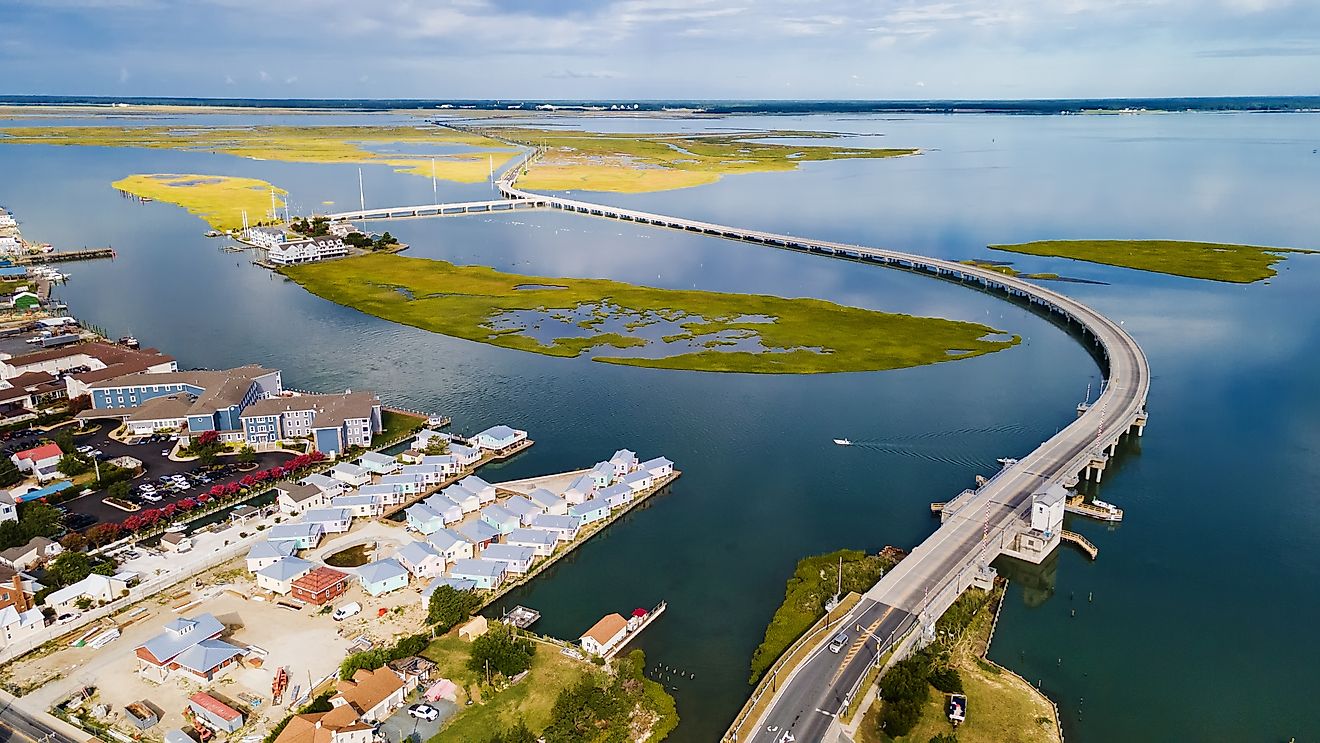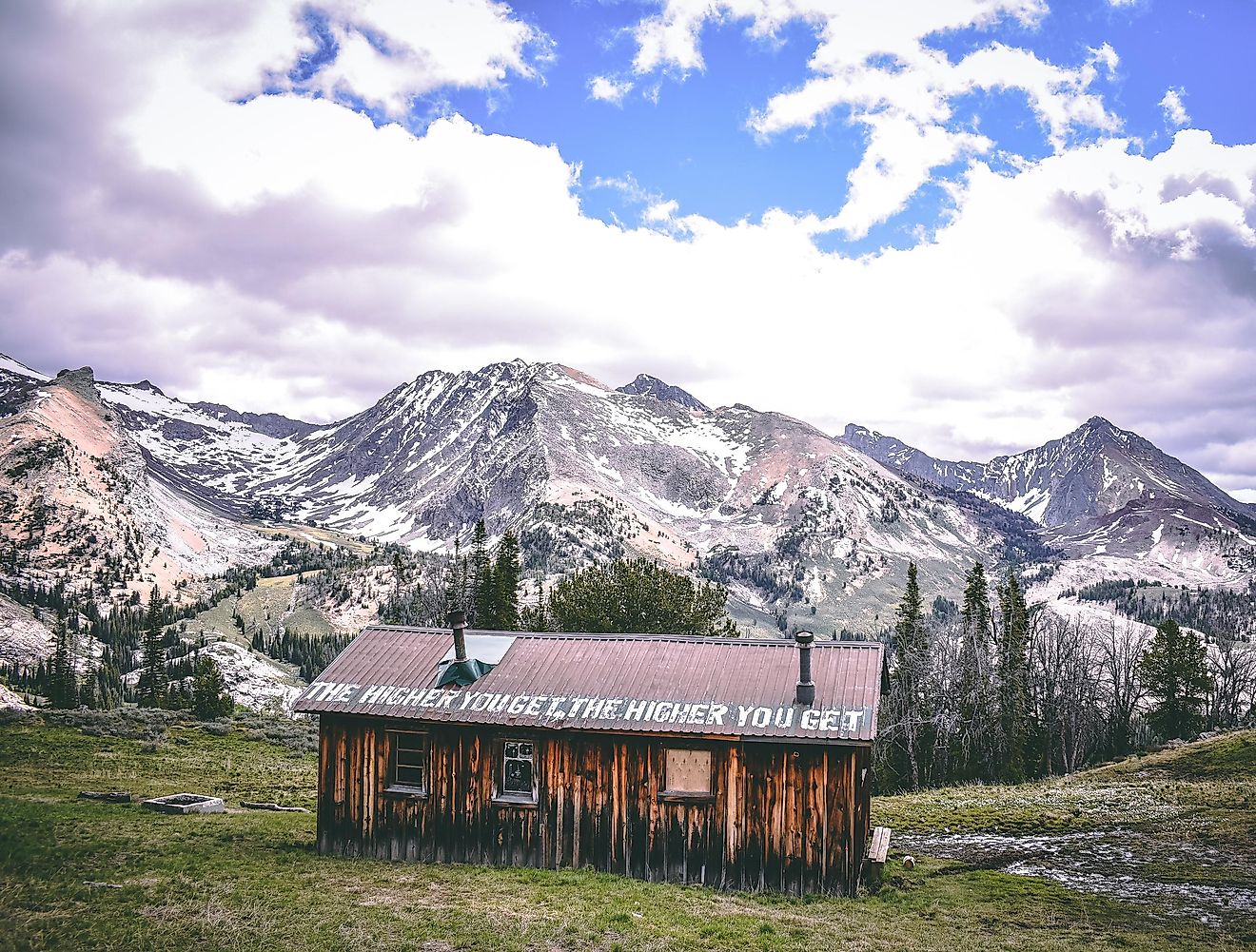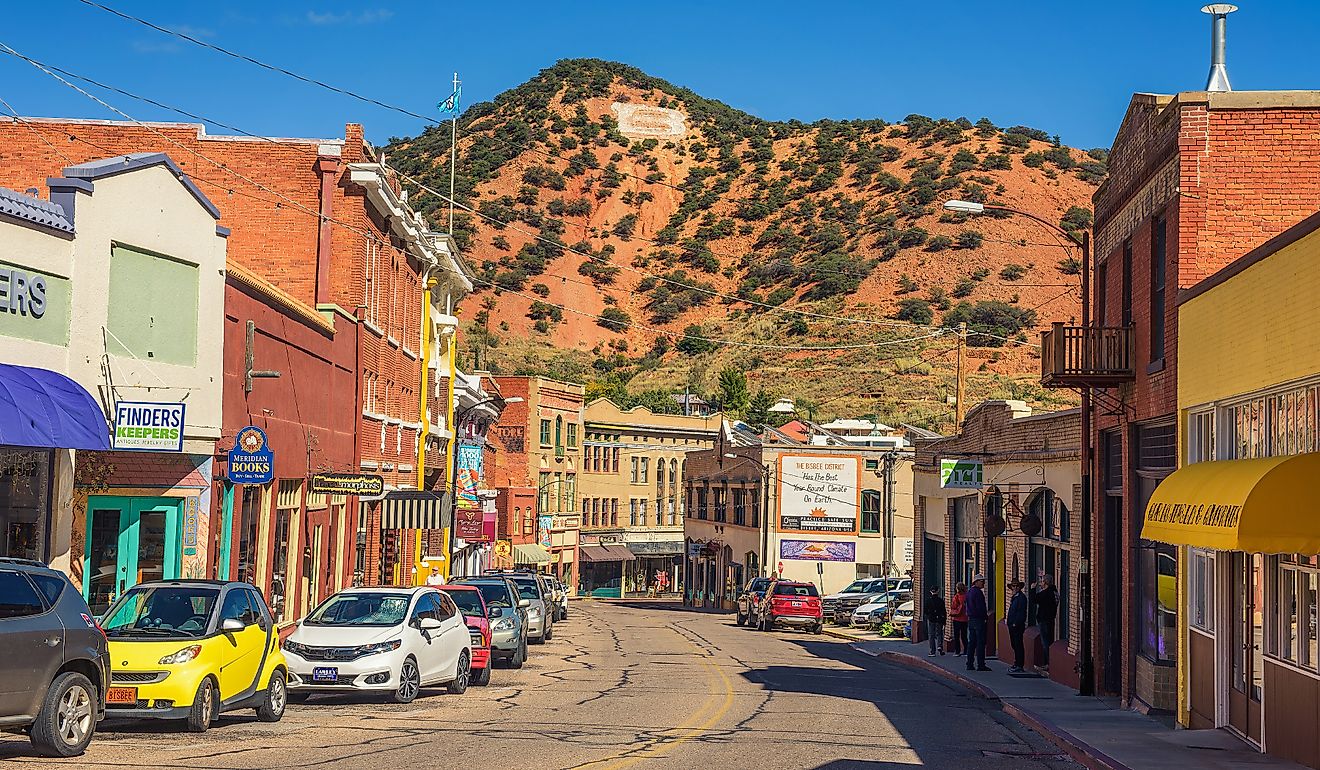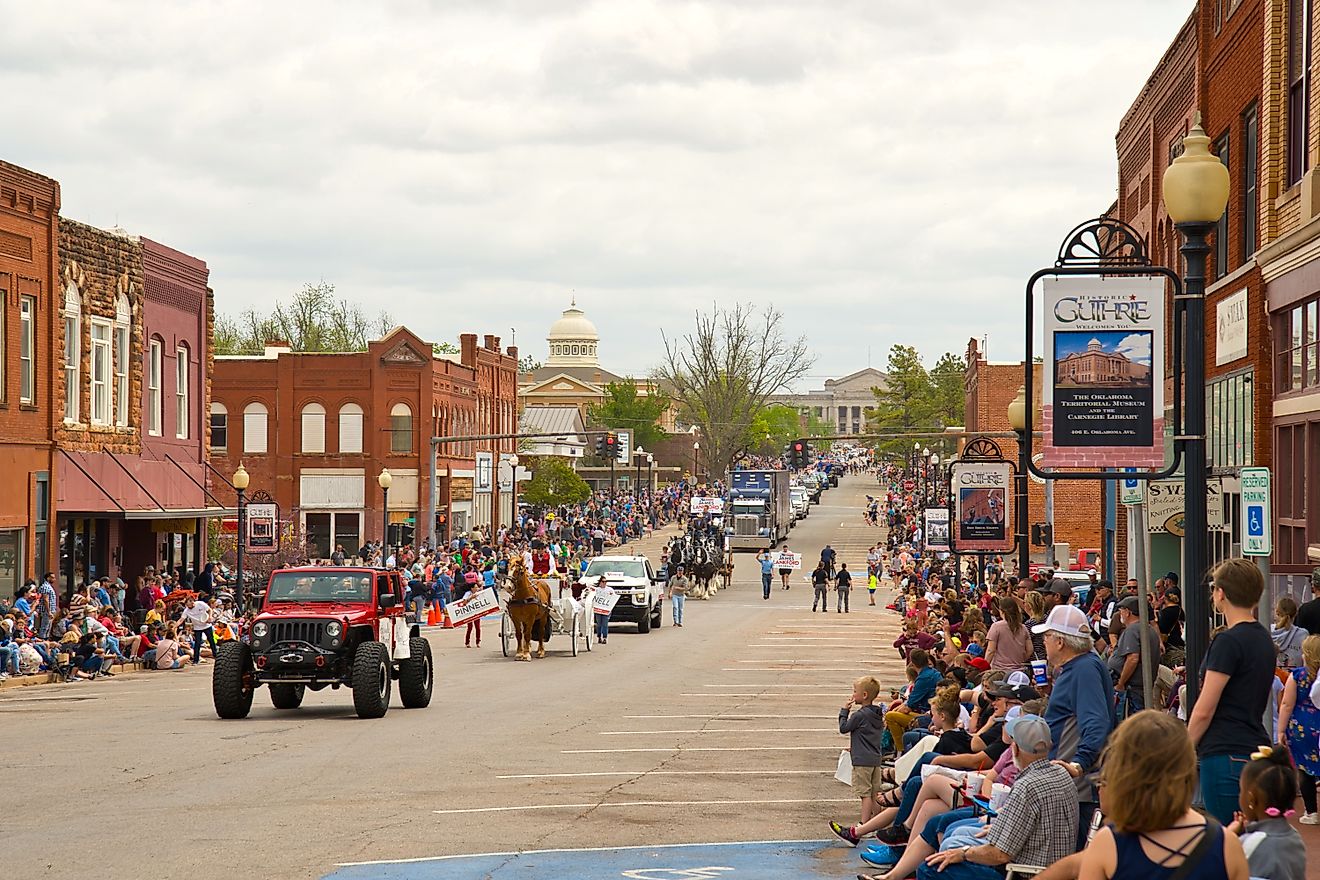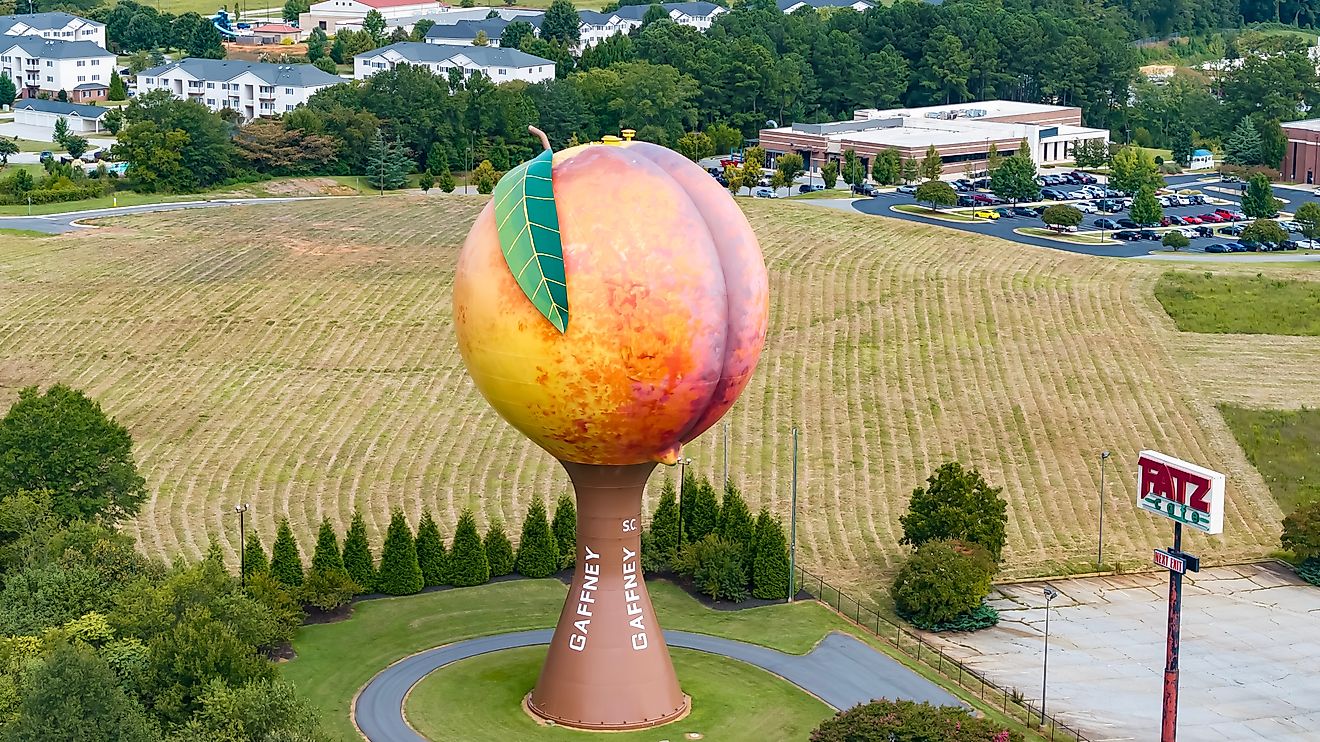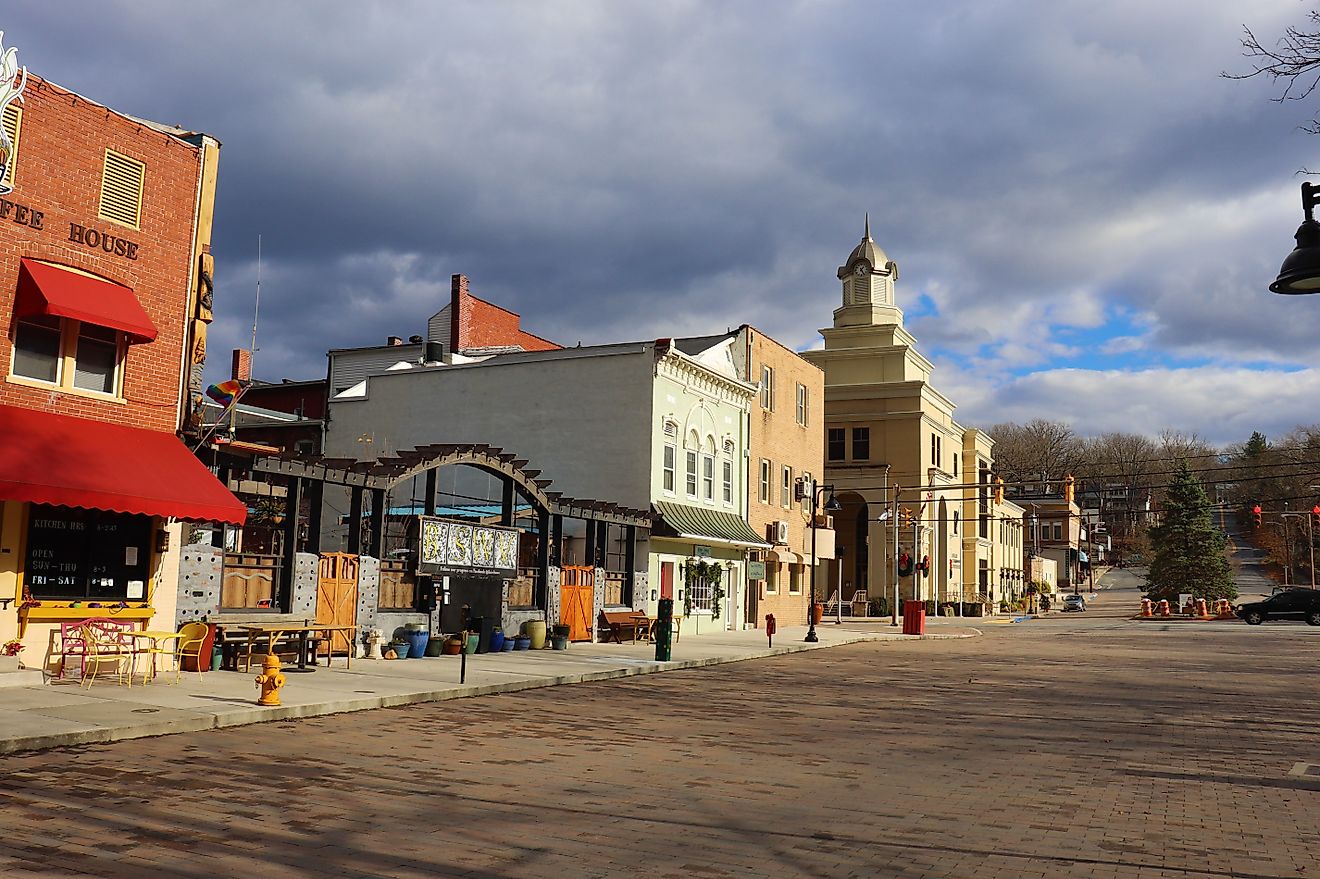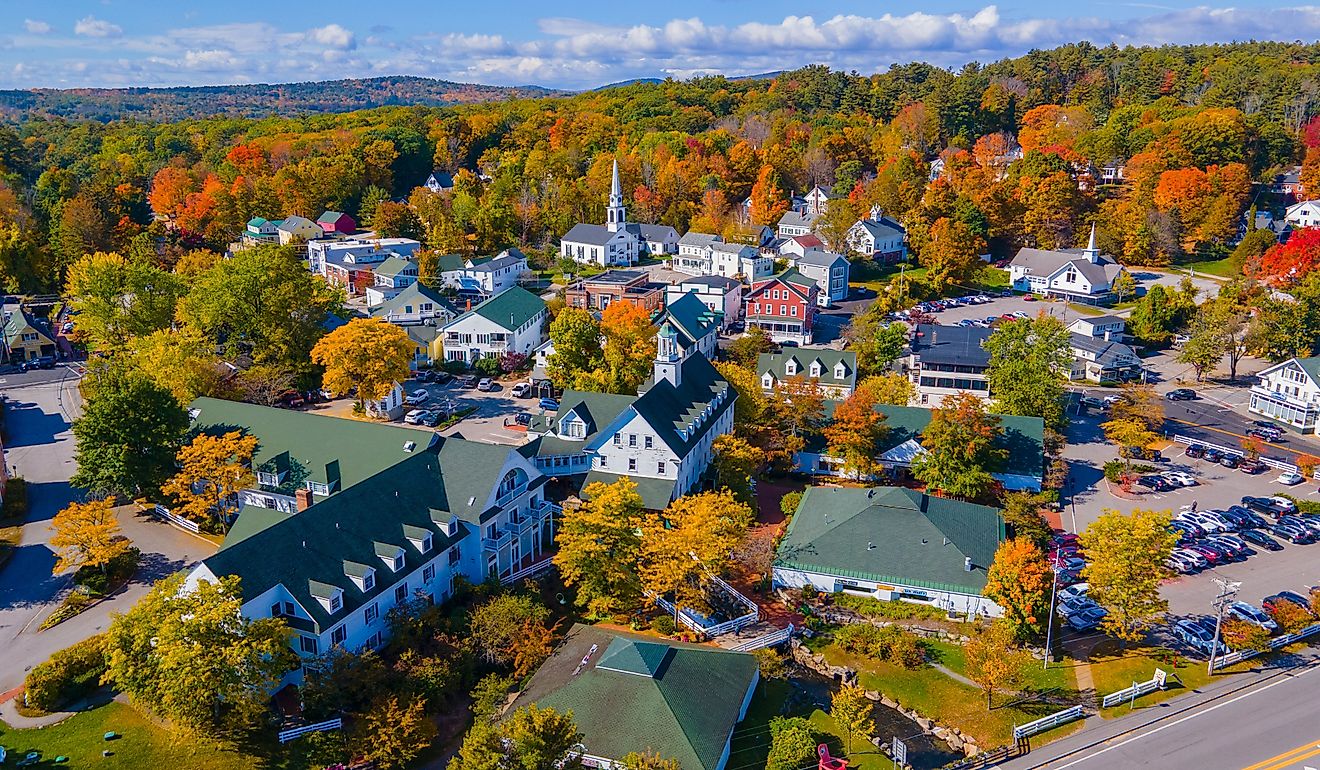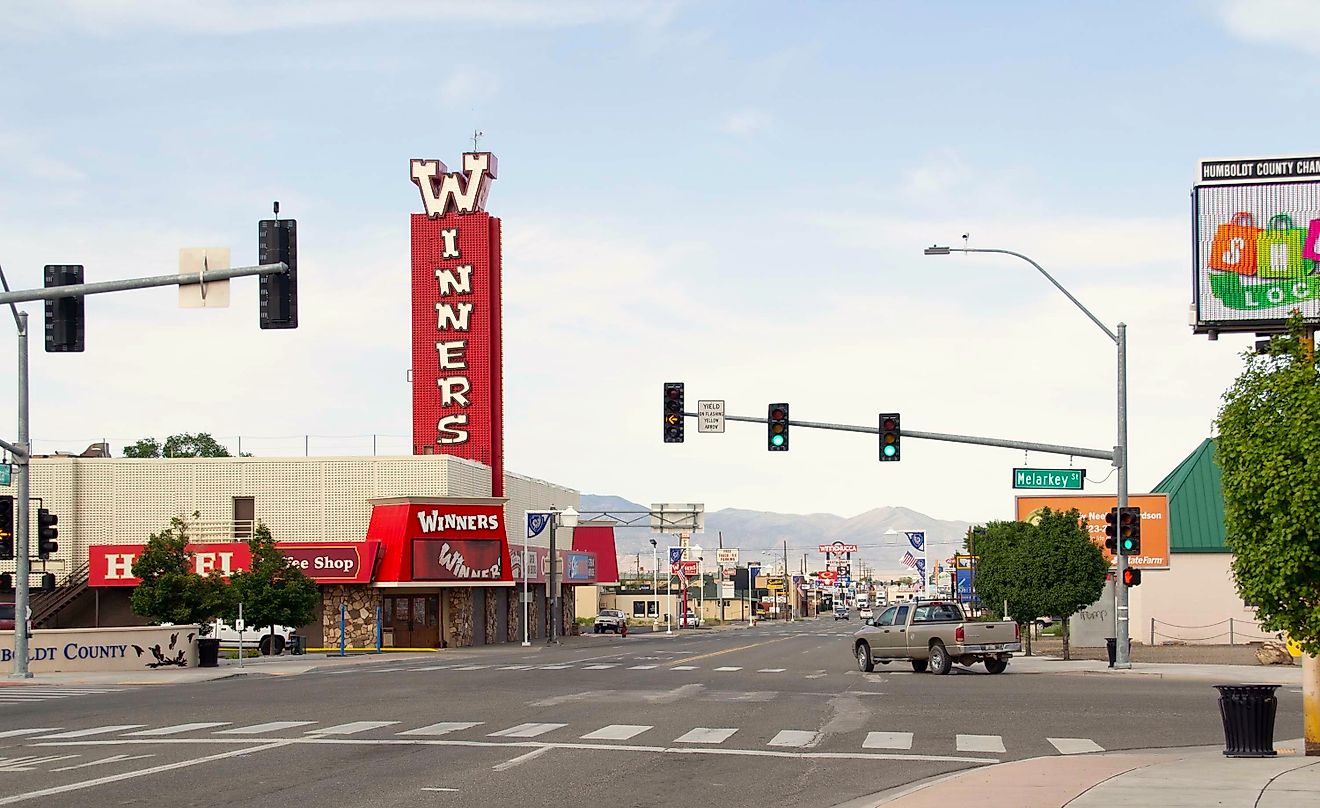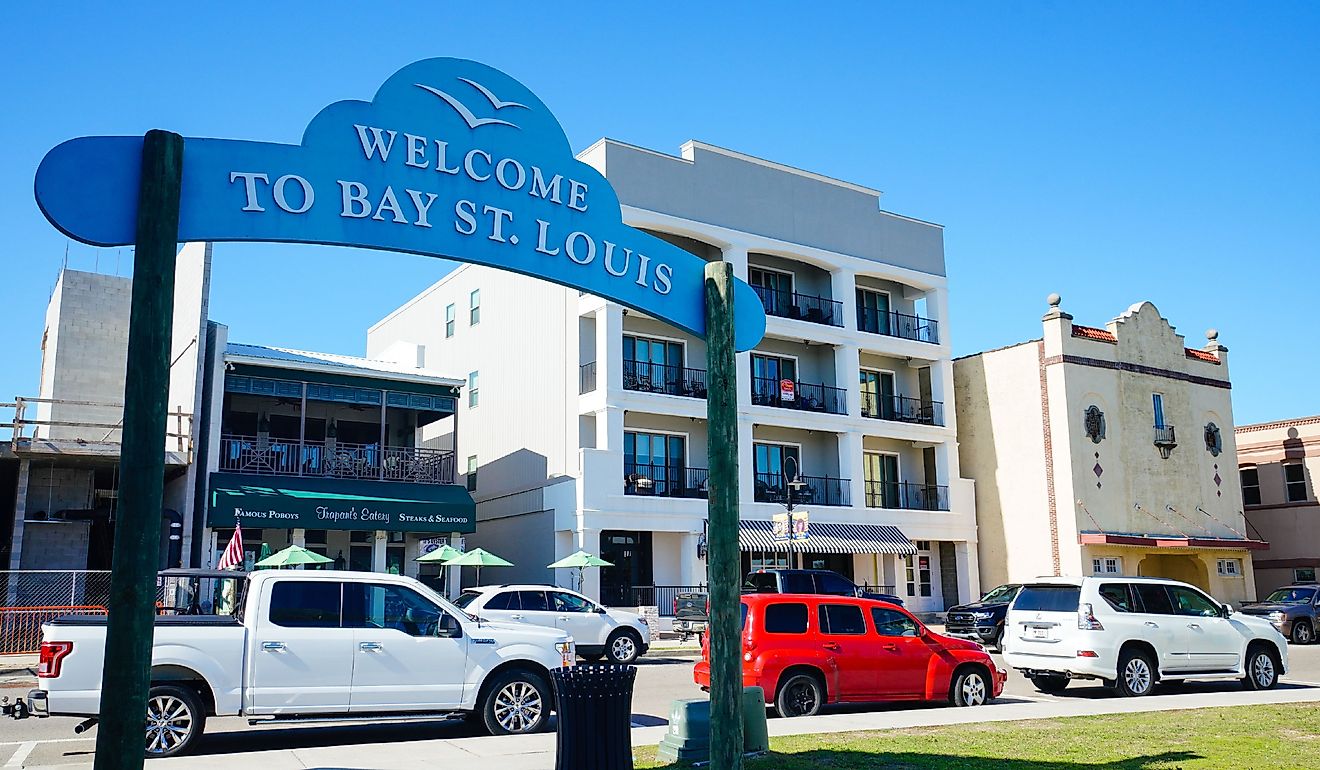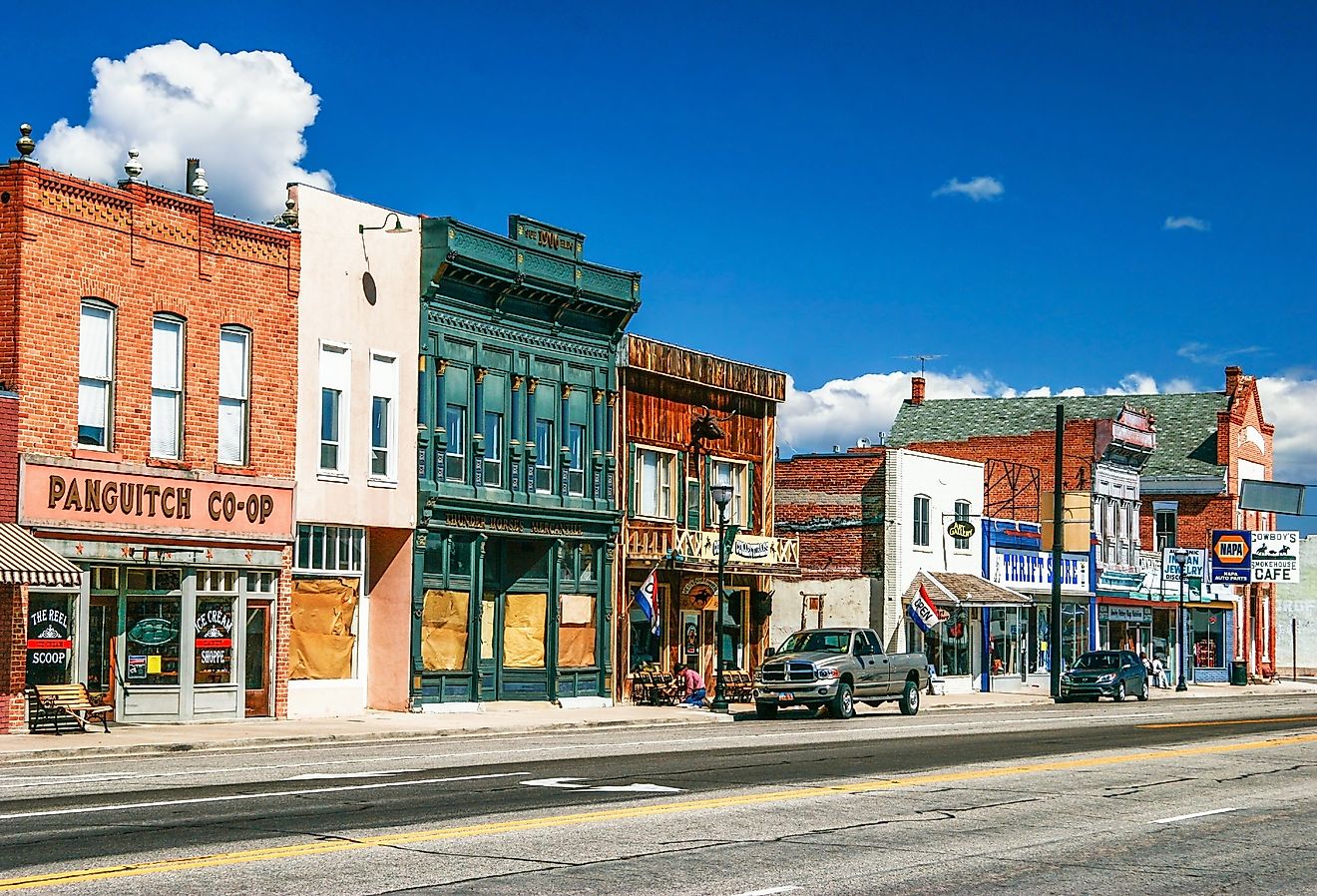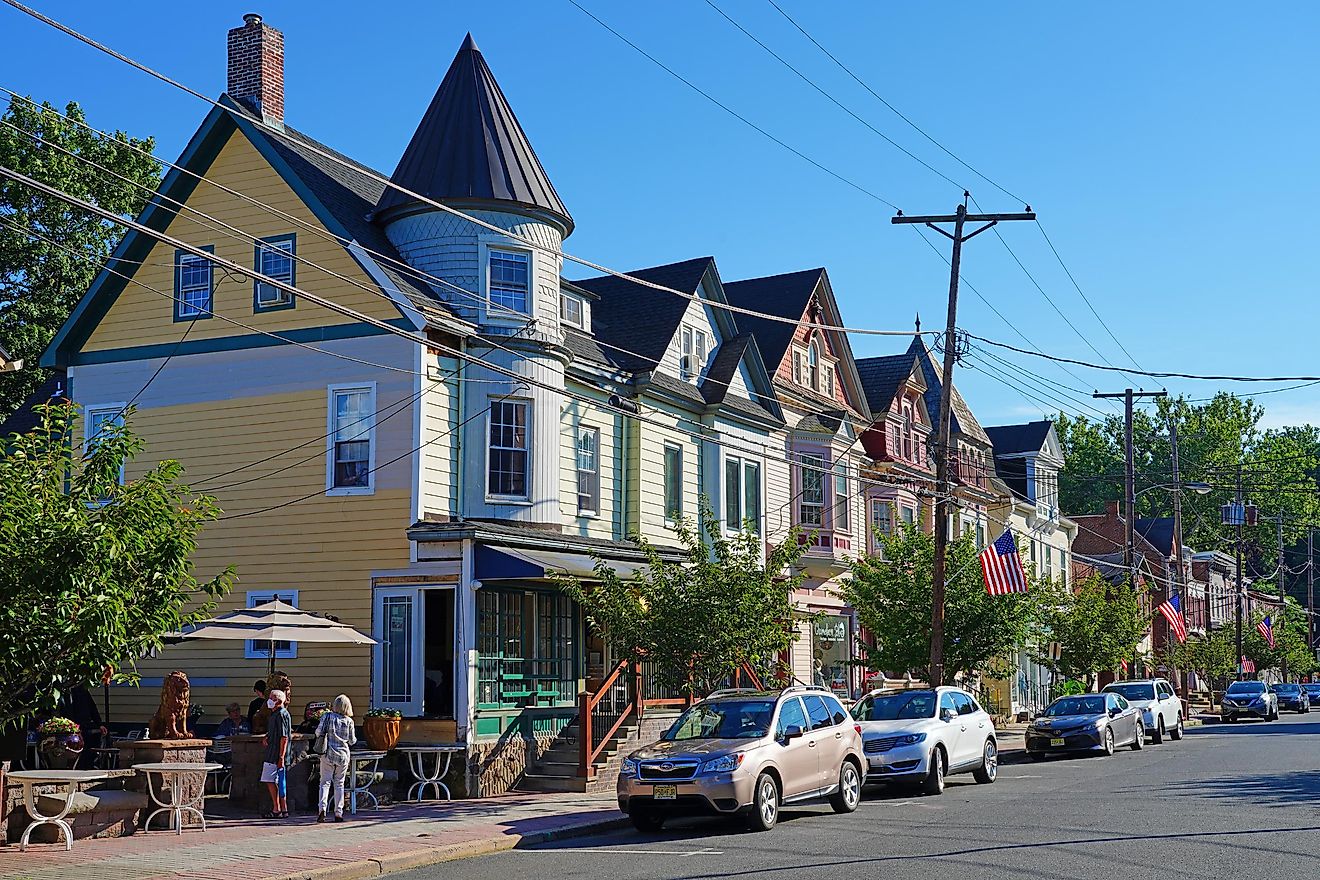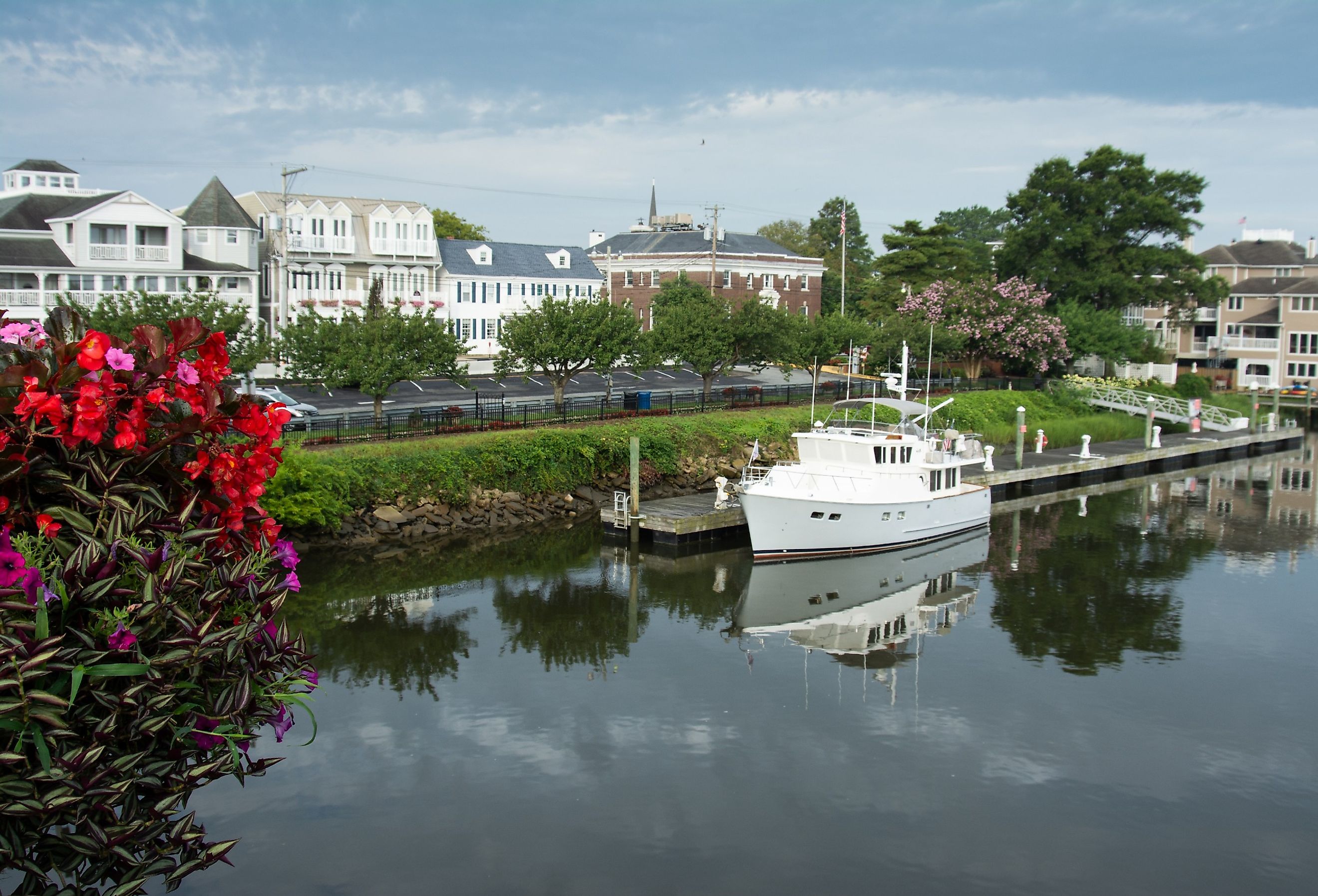
11 Delaware Towns With A Slower Pace Of Life
While it is known as the First State because it was the first of the 13 colonies to ratify the US Constitution, Delaware is the second-smallest state in the nation. The small state, just 2,489 square miles in area, is full of small towns where a slower pace of life is the rule, not the exception. Quiet villages such as these can be found in all three of Delaware's counties, up and down the state. Read on to discover 11 of the best out-of-the-way towns in Delaware offering a slower pace of life.
Milton

Although the town of Milton, which lies seven miles inland from Delaware Bay and is home to about 3,000 residents, is primarily known for its shipbuilding history, this small Sussex County town is also making a name for itself as a sustainable destination. Reusable water bottles, native plants, and stormwater runoff draining into the Broadkill River are just a few of the eco-friendly actions the town has taken in modern years. In the middle of Milton, a pollinator preserve with over 300 plants attracting butterflies, bees, and birds is another example of sustainability.

Nature abounds in Milton, as evidenced by the Prime Hook National Wildlife Refuge, which has 10,000 acres of protected freshwater and saltwater wetlands. The refuge contains more than seven miles of hiking trails and over 240 species of birds. Redden State Forest, just a few miles south of Milton, is another natural wonder, and is also the state's largest forest. It boasts over 44 miles of trails for biking, hiking, horseback riding, and sightseeing. Milton is the ideal destination for nature lovers.
Bridgeville
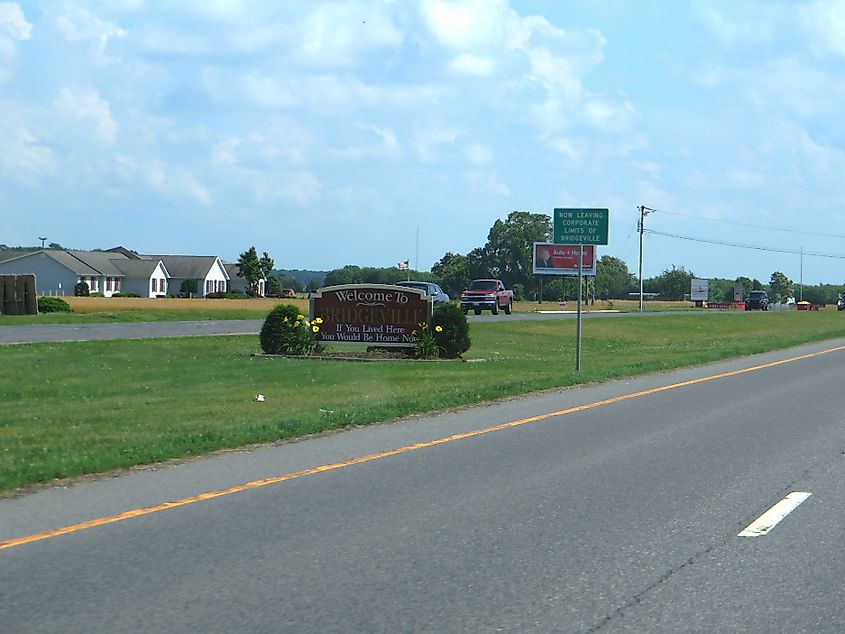
Bridgeville, in western Sussex County, traces its roots back to 1730, when it was first established as the English settlement of "Bridge Branch." In 1810, the town was renamed Bridgeville, and today, it has a population of just over 2,500. It is known for quiet, tree-lined streets, historic charm, and a small-town, welcoming feel embodied by its motto, "If you lived here, you'd be home now."
Bridgeville's historic district, which is on the National Register of Historic Places, includes the Sudler House from 1730. The Old Bridgeville House Fire Museum is another historic town site that highlights the town's unique railroad history. The laid-back town of Bridgeville comes alive every October when it hosts the popular Apple Scrapple Festival, a celebration of the farming roots of the town, especially its apple orchards and scrapple production. Thousands of visitors flock to Bridgeville during this festival for food, music, crafts, and entertainment.
Bethany Beach
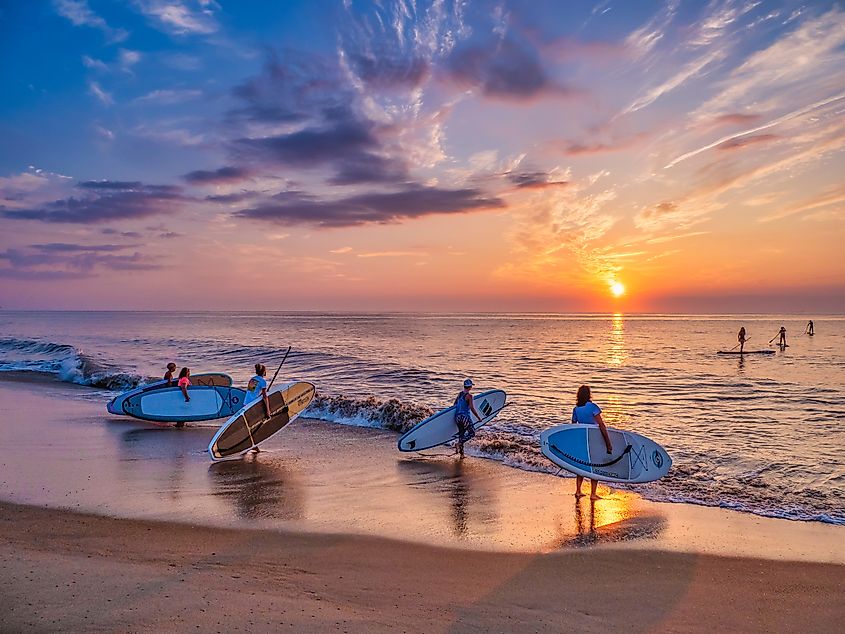
The tiny beach town of Bethany Beach is home to under 1,000 full-time residents, and was founded by the Disciples of Christ as their permanent yearly retreat. The serenity of the Atlantic coast and Delaware Bay is still enjoyed by residents and visitors to Bethany Beach today. The town's family-friendly boardwalk embodies the original spirit of the town, which, even today, entices families, extended families, and friends to visit.
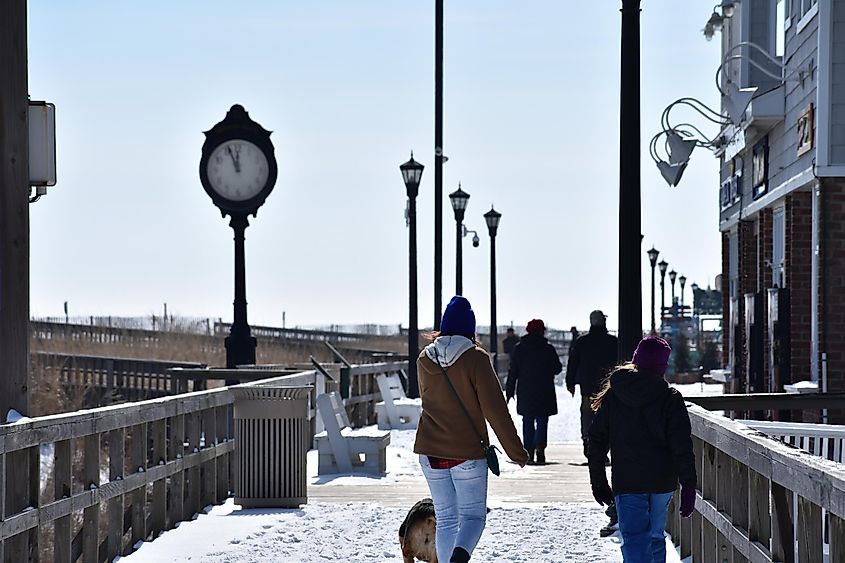
A trip to the Bethany Beach Nature Center offers a deeper connection to the area's natural beauty. This fascinating center features interactive exhibits, educational programs, and opportunities to learn about the region's wetlands, wildlife, and conservation efforts. Many who visit Bethany Beach exclaim over its clean, quiet beaches with few crowds that are in direct contrast with the more bustling beaches found just a few miles south in Ocean City, Maryland. Bethany Beach is an ideal small Delaware beach town with a slower pace of life for those who want to enjoy the sand, sun, surf, and serenity.
Wyoming
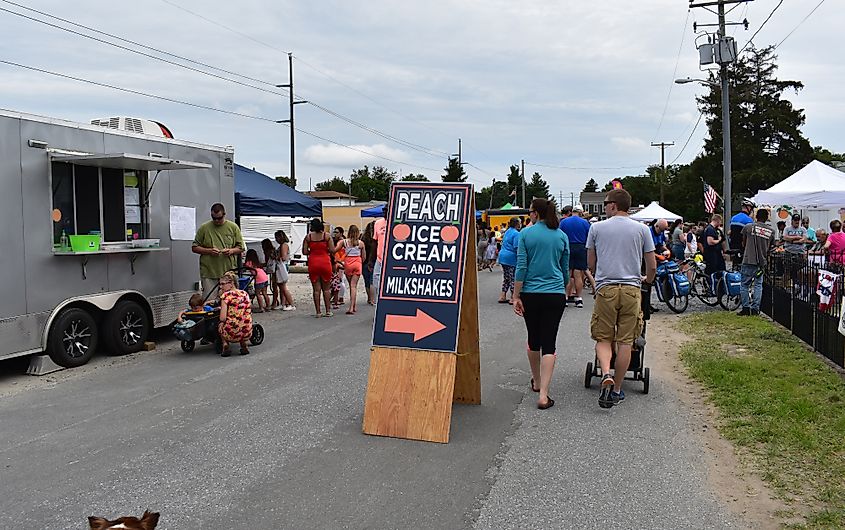
Only five miles from the state capital of Dover lies the small town of Wyoming, Kent County. With just under 2,000 residents, Wyoming is a small town that blends history with nature and modern-day amenities. Originally known as Camden Station in 1856, the town was a stop on the Pennsylvania Railroad. It was renamed Wyoming in 1865 to commemorate a beloved reverend who had moved to this Delaware town from the town of Wyoming, Pennsylvania.
Wyoming's historic district, with more than 300 buildings, is on the National Register of Historic Places. Although known for its history, farming is a larger part of the town's modern-day culture. This is evidenced by the many farm markets in the area, including Fifer's Farm Store, circa 1919, which hosts festivals and events during the year. The Wyoming Peach Festival, held each first Saturday in August, celebrates the tasty fruit that is grown locally. For those who are visiting the busy city of Dover, a stop in the quieter, laid-back town of Wyoming could be a welcome addition to your itinerary.
Selbyville

Founded in 1778 and incorporated in 1902 as Sandy Branch, the town of Selbyville in Sussex County once supplied strawberries to much of the East Coast. Today, the town is home to just under 3,000 residents, and while no longer a strawberry supplier, Selbyville holds many other attractions for visitors.
Selbyville's Railroad Museum highlights the town's history and that of the Breakwater and Frankford Railroad circa 1872. Agriculture remains a large part of Selbyville's past and present and can be enjoyed through visiting Magee Farms, a working farm offering tours, produce for sale, a petting zoo, and wagon rides. Culture is also important to Selbyville, and the Freeman Arts Pavilion in town continues to host many contemporary artists such as Pat Benatar, David Foster, and 311.
Odessa
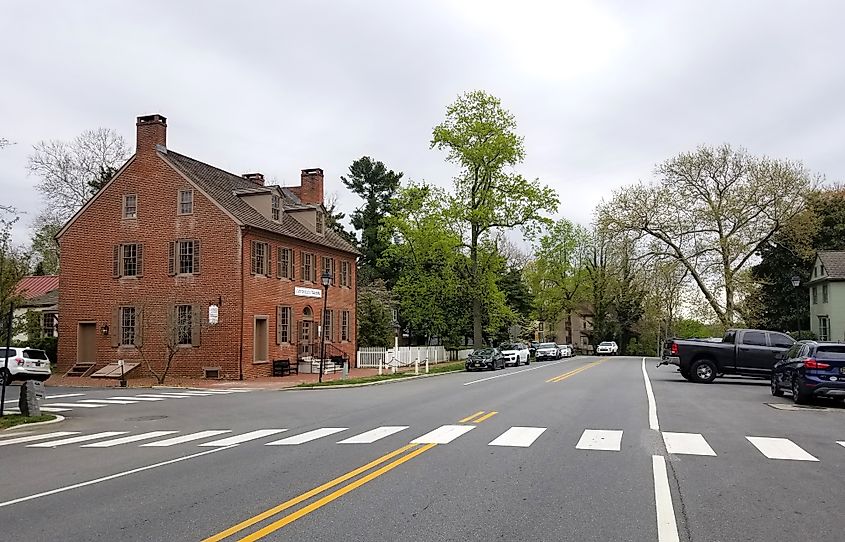
New Castle County's small town of Odessa sits along the Appoquinimink River and houses under 400 residents. It was once a busy port known as Cantwell's Bridge, and despite the fact that a railroad through a larger neighboring town in 1855 diverted much of the traffic from Odessa, the town retains much of its history to impart to visitors today.
The historic district of Odessa is listed in the National Register of Historic Places. The Corbit-Sharp House from the 1700s and the Cantwell Tavern, circa 1822, are two examples of historic landmarks not to be missed. Every December, the Historic Houses of Odessa tour is open to the public, featuring five of the town's historic residences and 20 acres of gardens and outbuildings. Odessa also contains two National Parks Service Network to Freedom sites, places that were once part of the Underground Railroad.
Fenwick Island
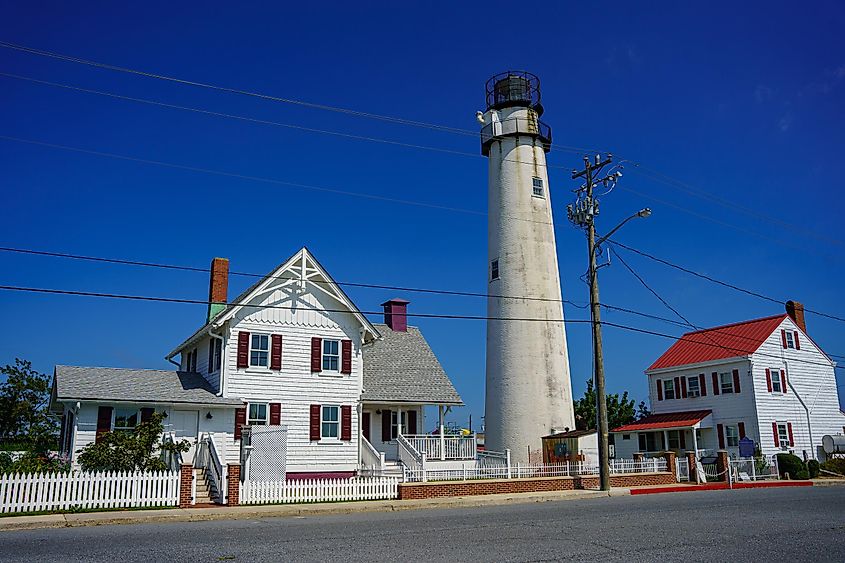
With a population of just under 350, Fenwick Island may be small, but this out-of-the-way, pristine beach town welcomes thousands of visitors annually. Named after Thomas Fenwick in 1692, when the area was a series of inlets navigated by ships, Fenwick Island wasn't officially incorporated until 1953. It is the southernmost of Delaware's beach towns before crossing into Maryland.
One of Fenwick Island's most iconic landmarks, the Fenwick Island Lighthouse, was constructed in 1858 to guide ships along a then-remote stretch of coastline. Though visitors may no longer climb the lighthouse, the site includes a museum and gift shop that is open to the public. Another Fenwick Island attraction is Fenwick Island State Park, spanning 344 acres and featuring a three-mile-long beach. It is home to a preserved World War II fire control tower, once used to defend the coastline. Surf fishing, swimming, paddleboarding, and kayaking on the Assawoman Bay all remain popular activities in Fenwick Island today.
Lewes
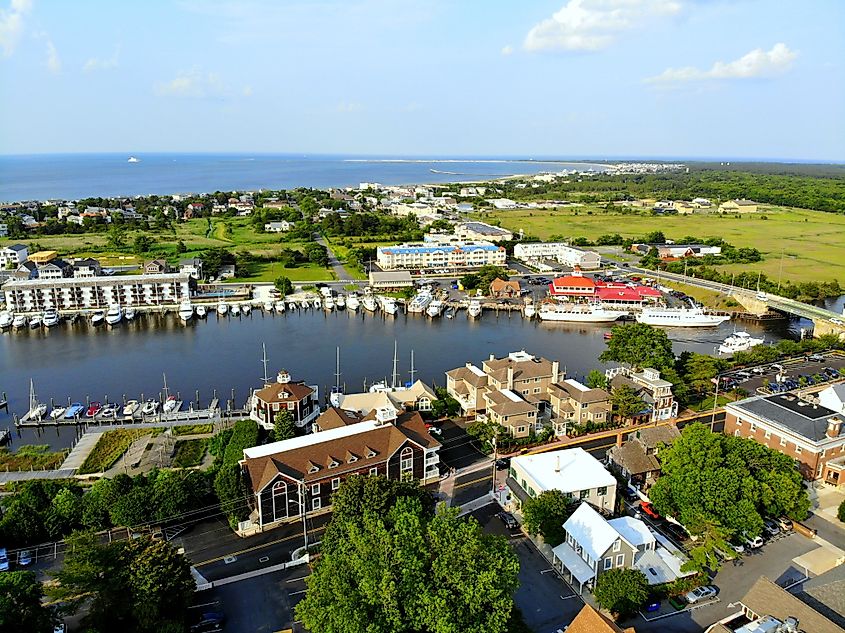
Sussex County's northernmost beach, Lewes, is home to just over 3,000 full-time residents and is the perfect example of a slower-paced coastal town. Known for its serene, natural beauty, Lewes attracts visitors seeking a peaceful beach experience away from the crowds. Serene and peace do not mean boring, however. Lewes offers a variety of recreational, educational, cultural, and historical activities for residents and visitors.
One of Lewes' most visited attractions is Cape Henlopen State Park. This vast recreational area spans 5,000 acres with six miles of unspoiled coastline. Within the park, visitors can explore Fort Miles, a walkable artillery park that highlights the area's role in World War II coastal defense. The Beach Plum Nature Preserve, Delaware's only publicly owned wild beach, is also found in Cape Henlopen State Park. Dune and marsh habitats are featured here, along with its residents, including shorebirds and horseshoe crabs. History's junction with nature is exemplified in the town of Lewes.
Clayton
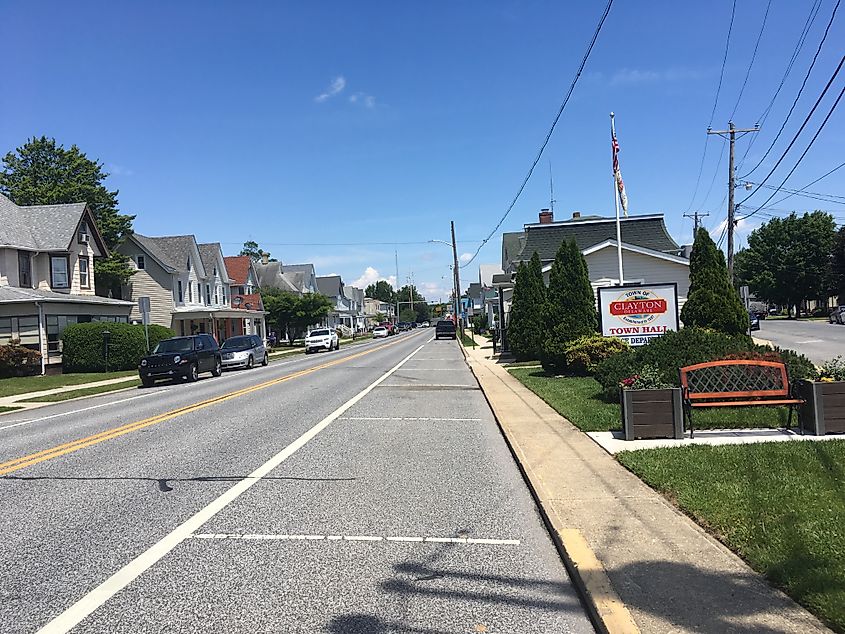
The town of Clayton sits across two counties, Kent and New Castle, and is home to about 4,000 people. Many who live in Clayton appreciate the ease of travel to two of the state's larger cities, Wilmington and Dover, between which Clayton lies. Clayton is also an important town in its own right, for its wealth of natural beauty and outdoor recreation opportunities.
Just eight miles east of Clayton is the Bombay Hook National Wildlife Refuge, with eight miles of wildlife habitat along the Delaware Bay. In addition to wildlife watching, educational programs are also held here. To the north of Clayton are Blackbird State Forest and Blackiston Wildlife Area, where more outdoor recreational activities abound. Each of these areas offers hiking, biking, wildlife spotting, and peace and solitude for quiet reflection.
New Castle
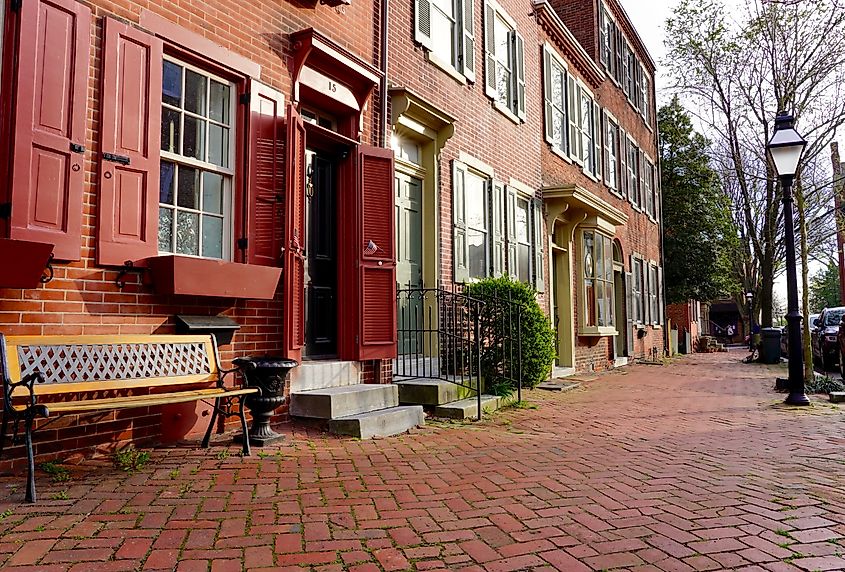
The historic neighborhood of Olde New Castle, founded in 1651, is an underrated village in New Castle County. The town of just over 5,500 residents on the Delaware River boasts over 600 historic structures, cobblestone streets, and red-brick sidewalks. The New Castle Court House Museum, one of the town's most iconic landmarks, marks the spot where Delaware legislators voted to break from Pennsylvania in 1776. There is more than just history to this town, however.
Battery Park, along the riverfront, is where William Penn landed, which was originally designed as an artillery defense against enemies coming from the water. Today, Battery Park exists as a preserved green space with 2.5 miles of hiking and biking trails. Each year, on the second Saturday of June, New Castle celebrates Separation Day at Battery Park, remembering the day when Delaware separated from Pennsylvania.
Delaware City

With a population under 2,000, Delaware City is less of a "city" and more of a small town known for its history, natural beauty, and outdoor recreational opportunities. The town's motto, "a historic past, a bright future," embodies the feel of this First State village. Originally known as Newbold's Landing in 1801, the town was later named after its location at the eastern end of the Chesapeake and Delaware Canal.
More than 200 structures of varying architectural styles make up Delaware City's historic district, which is on the National Register of Historic Places. Delaware City was also a stop along the Underground Railroad Byway. Another popular Delaware City destination is Fort Delaware State Park, found on Pea Patch Island in the middle of the Delaware River. It served as a prison for Confederate soldiers during the Civil War and as a protective fort along the Delaware River. The riverfront location of Delaware City provides visitors and residents with scenic views as well as opportunities for water-oriented activities. The town is famous for bird watching, hiking, bicycling, canoeing, and kayaking.
Delaware is more than just cities, endless traffic, and stoplights. While many enjoy visiting the state's larger metropolitan areas, such as Dover and Wilmington, others appreciate the quieter, off-the-beaten-path towns of Lewes, Bridgeville, and New Castle, each of which has its own unique selling points. In these towns, you will find natural beauty, rich history, and welcoming townsfolk. The diversity of the First State is easily found within these towns providing a slower pace of life.
